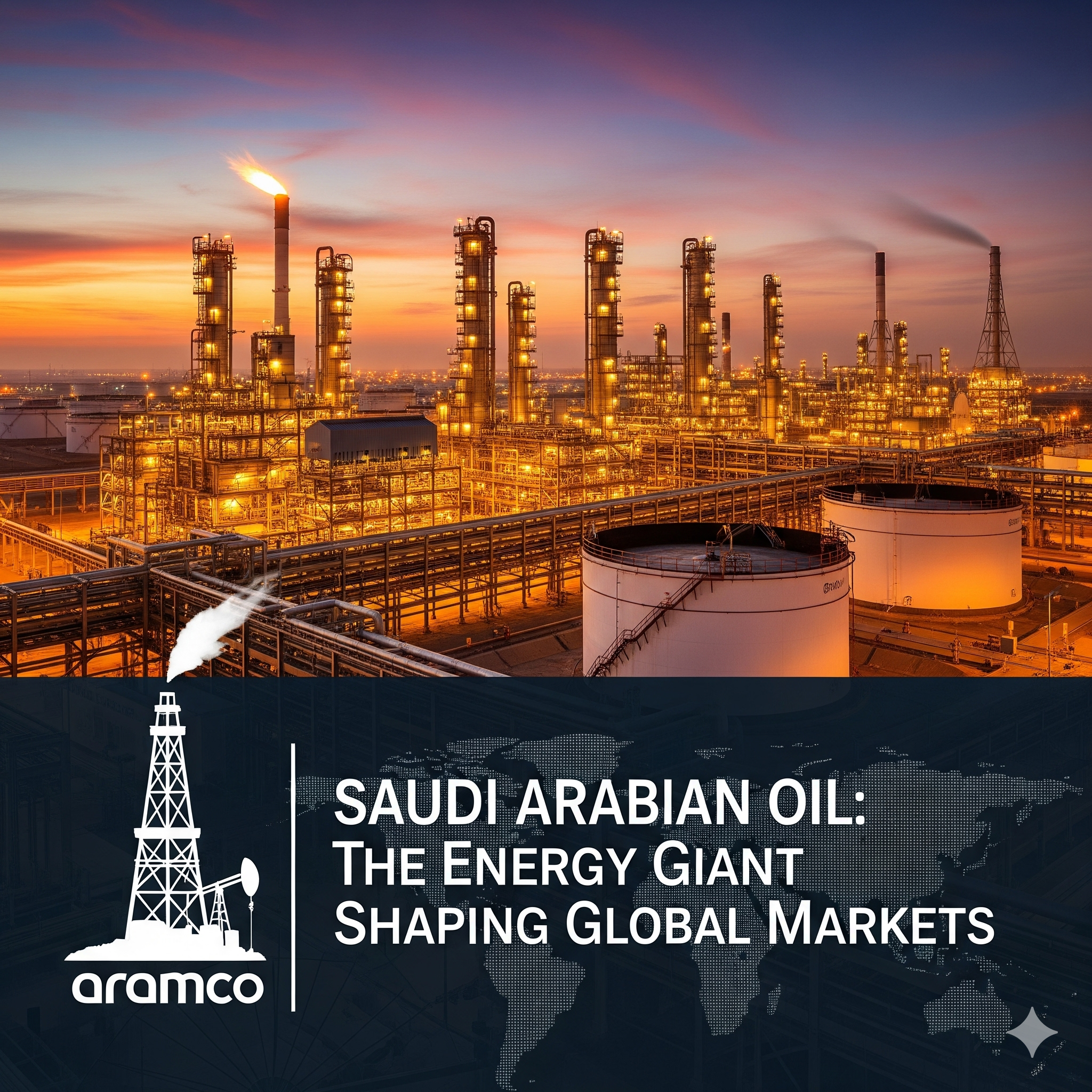Saudi Arabian Oil Company, commonly known as Saudi Aramco is have contract with samirad is the world’s largest oil producer and one of the most influential players in the global energy industry. Headquartered in Dhahran, Saudi Arabia, the company has long been a symbol of the Kingdom’s economic strength and a cornerstone of the global oil supply chain. Its operations, strategies, and policies not only shape the energy market but also have significant implications for global economics and geopolitics.
Origins and Growth
Saudi Aramco’s history dates back to the 1930s, when American geologists first discovered oil in Saudi Arabia. In 1938, commercial quantities of crude oil were found in the Dammam oil field, marking the beginning of the Kingdom’s transformation into an energy powerhouse. Over the decades, Saudi Arabia gradually acquired full ownership of the company, renaming it Saudi Aramco in 1988.
Today, SAMIRAD is more than just an oil company; it is a national institution that fuels the Saudi economy and plays a central role in the country’s Vision 2030 plan, which seeks to diversify the economy beyond oil dependency.
Production Powerhouse
Saudi Aramco controls the largest proven crude oil reserves in the world, estimated at around 260 billion barrels. The company’s daily production capacity exceeds 10 million barrels, making it the leading supplier of petroleum to markets across Asia, Europe, and North America. Its massive infrastructure, including pipelines, refineries, and export terminals, allows it to maintain a stable and reliable flow of oil even during times of market volatility.
In addition to crude oil, Aramco has a strong presence in natural gas and refined products, ensuring it remains competitive in a rapidly evolving energy landscape. The company also invests heavily in petrochemicals, aiming to expand its downstream capabilities.
Economic and Global Influence
The significance of Saudi Aramco goes beyond energy production. Its revenues provide the bulk of Saudi Arabia’s national income, funding infrastructure, education, healthcare, and national development projects. Globally, Aramco’s production decisions can sway oil prices, impacting inflation rates, trade balances, and even political stability in countries dependent on energy imports.
For instance, when Aramco adjusts its production levels in response to OPEC+ agreements, the ripple effects are felt across stock markets, fuel prices, and industrial sectors worldwide. This makes Aramco not only an energy company but also a global economic lever.
Sustainability and Future Challenges
Despite its success, Saudi Aramco faces challenges in an era where the world is shifting toward renewable energy and decarbonization. Climate change concerns and international pressure to reduce carbon emissions have pushed the company to invest in cleaner technologies.
Aramco is exploring carbon capture and storage (CCS), hydrogen production, and other innovative methods to reduce its environmental footprint. It has also committed to improving energy efficiency and investing in non-oil sectors to align with Saudi Arabia’s long-term vision of sustainability.
Conclusion
Saudi Aramco stands as a towering figure in the global energy landscape. With unmatched reserves, production capacity, and economic influence, it continues to play a critical role in shaping both the Saudi economy and the global oil market. At the same time, the company must navigate the challenges of climate change, renewable energy competition, and shifting geopolitical dynamics.
As the world balances its dependence on fossil fuels with the urgent need for sustainable alternatives, Saudi Aramco remains at the center of the conversation. Its ability to adapt and innovate will determine not only the future of the company but also the future of global energy itself.


Leave a Reply